Home>Gardening & Outdoor>Landscaping Ideas>When Is It Too Late To Cut Grass
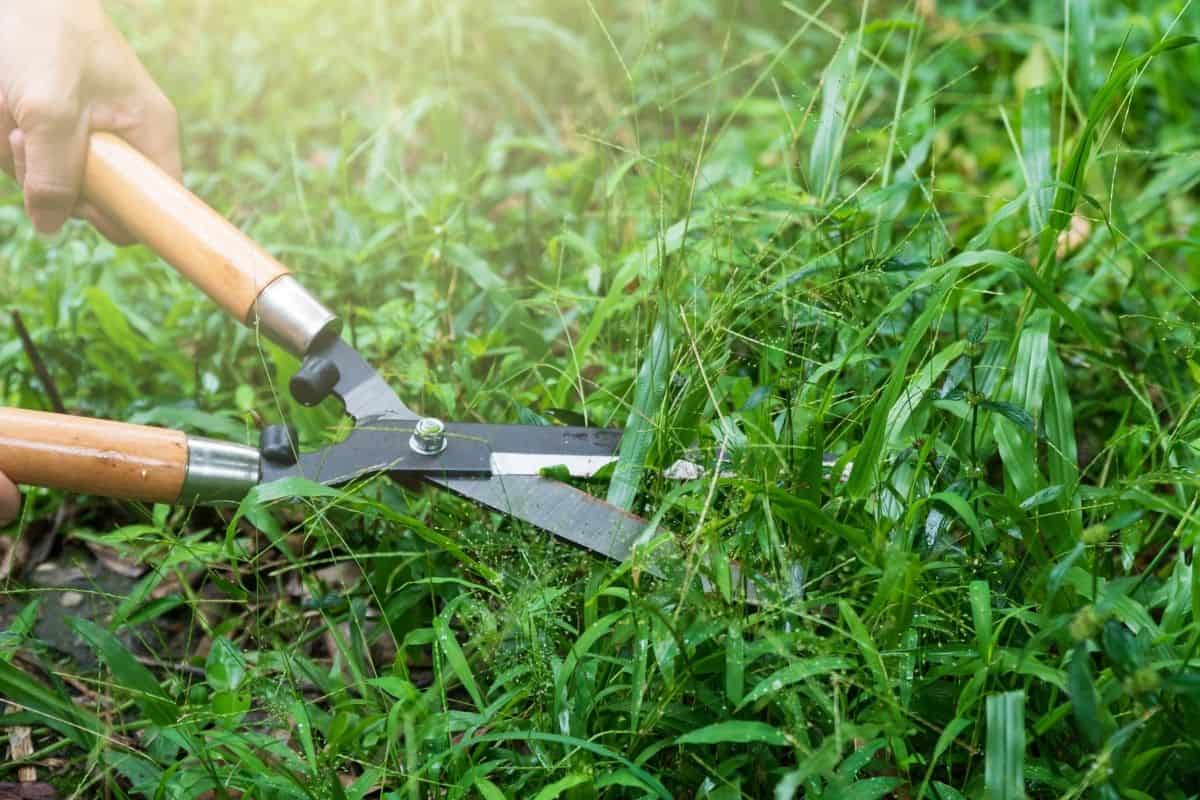

Landscaping Ideas
When Is It Too Late To Cut Grass
Modified: October 20, 2024
Discover the best landscaping ideas for cutting grass and learn when it's too late to tackle this task. Enhance your outdoor space with expert tips and advice.
(Many of the links in this article redirect to a specific reviewed product. Your purchase of these products through affiliate links helps to generate commission for Storables.com, at no extra cost. Learn more)
Factors to Consider Before Cutting Grass
Before firing up the lawnmower and diving into the task of cutting grass, it's crucial to consider several factors to ensure the best results for your lawn. By taking these factors into account, you can maintain a healthy and vibrant lawn that enhances the overall appeal of your outdoor space.
-
Grass Type: Different grass species have varying growth patterns and ideal cutting heights. It's essential to identify the specific type of grass in your lawn to determine the most suitable cutting approach. For instance, warm-season grasses like Bermuda and Zoysia thrive when cut shorter, while cool-season grasses such as Kentucky bluegrass and fescue prefer a slightly taller cut.
-
Weather Conditions: Assessing the current weather conditions is crucial before embarking on a grass-cutting endeavor. Ideally, it's best to mow the lawn when the grass is dry to achieve a clean and even cut. Wet grass can lead to clumping and an uneven appearance, which may hinder the overall aesthetic appeal of the lawn.
-
Mower Blade Sharpness: The sharpness of the mower blades significantly impacts the quality of the cut. Dull blades can tear the grass instead of cleanly cutting it, leading to a ragged and uneven appearance. Therefore, it's important to ensure that the mower blades are sharp to achieve a neat and well-manicured lawn.
-
Soil Moisture: The moisture content of the soil plays a crucial role in determining the ideal time for cutting grass. Extremely dry soil can result in stress for the grass, while overly wet soil may lead to soil compaction and damage to the grass roots. It's advisable to mow the lawn when the soil moisture is at an optimal level to promote healthy grass growth.
-
Growth Rate: Understanding the growth rate of the grass in your lawn is essential for establishing a suitable mowing schedule. Different grass species exhibit varying growth rates, with some requiring more frequent mowing than others. By monitoring the growth patterns, you can adjust your mowing frequency to maintain an optimal grass height.
Considering these factors before cutting grass can contribute to the overall health and appearance of your lawn. By being mindful of the grass type, weather conditions, mower blade sharpness, soil moisture, and growth rate, you can ensure that your lawn remains lush, vibrant, and visually appealing throughout the mowing season.
Key Takeaways:
- Don’t wait too long to cut your grass! Consider grass type, weather, and mower blade sharpness. Overgrown grass can stress the lawn and reduce its appeal.
- If your grass is too tall, it’s time to act! Overgrown grass can lead to thatch buildup, uneven growth, and mowing difficulties. Gradual trimming and proper maintenance can help restore your lawn’s health.
Read more: When Is It Too Late To Put Grass Seed Down
Signs That It May Be Too Late to Cut Grass
When the grass in your lawn reaches a certain height, it may indicate that it's too late to cut it. Recognizing the signs that suggest the grass has become overgrown can help you take appropriate measures to address the situation effectively. Here are the key indicators that it may be too late to cut grass:
-
Excessive Height: One of the most apparent signs that it may be too late to cut grass is when it has grown significantly taller than the recommended mowing height for its specific species. Overgrown grass not only appears unkempt but also poses challenges during the mowing process, potentially leading to an uneven cut and an unsightly lawn.
-
Visible Thatch Buildup: Thatch, a layer of dead grass and organic matter that accumulates between the soil and the green vegetation, can become more pronounced in overgrown lawns. When the thatch layer becomes thick and visible, it indicates that the grass has been allowed to grow excessively, potentially impeding the penetration of water, air, and nutrients into the soil.
-
Presence of Seed Heads: Overgrown grass may produce seed heads, which are the reproductive structures of grass plants. When seed heads become visible, it suggests that the grass has been left to grow for an extended period, allowing it to reach the reproductive stage. Mowing at this point may not only be challenging but also less effective in maintaining a neat and uniform lawn appearance.
-
Difficulty in Mowing: When the grass has grown too tall, mowing becomes a more arduous task. The mower may struggle to cut through the dense and overgrown grass, leading to uneven cutting patterns and an overall untidy look. Additionally, the accumulation of excessive clippings can further hinder the mowing process, making it evident that the grass has been left unattended for too long.
-
Uneven Growth Patterns: Overgrown grass often exhibits uneven growth patterns, with certain areas significantly taller than others. This irregular growth can detract from the visual appeal of the lawn and indicate that the grass has surpassed the ideal mowing timeframe.
Recognizing these signs can prompt you to take proactive steps to address the overgrown grass effectively. By being attentive to the height of the grass, the presence of thatch buildup and seed heads, the difficulty in mowing, and the uneven growth patterns, you can make informed decisions to restore the health and aesthetics of your lawn.
Consequences of Cutting Grass Too Late
Allowing grass to become overgrown before cutting it can lead to a range of detrimental consequences that affect both the immediate appearance and long-term health of the lawn. These consequences serve as a reminder of the importance of timely lawn maintenance and the potential repercussions of neglecting to address overgrown grass promptly.
When grass is cut too late, several negative outcomes may arise:
-
Stressed Grass: Overgrown grass experiences increased stress as it competes for essential resources such as sunlight, water, and nutrients. This competition can lead to weakened grass blades, making them more susceptible to damage from environmental stressors and pest infestations.
-
Thatch Accumulation: Allowing grass to grow excessively can contribute to the buildup of thatch, a dense layer of dead grass, roots, and organic debris that accumulates near the soil surface. Excessive thatch impedes the movement of water, air, and nutrients into the soil, leading to poor root development and increased vulnerability to diseases.
-
Uneven Growth: Overgrown grass often exhibits uneven growth patterns, with some areas significantly taller than others. This irregular growth not only detracts from the visual appeal of the lawn but also indicates an imbalance in the lawn's overall health and vitality.
-
Reduced Aesthetic Appeal: Overgrown grass can give the lawn an unkempt and neglected appearance, diminishing its visual appeal and detracting from the overall beauty of the outdoor space. This can be particularly noticeable in residential landscapes, where a well-maintained lawn contributes to the overall curb appeal of the property.
-
Increased Mowing Difficulty: Cutting grass that has grown too tall presents challenges during the mowing process. The mower may struggle to effectively cut through the dense and overgrown grass, leading to uneven cutting patterns and an overall untidy look. Additionally, the accumulation of excessive clippings can further hinder the mowing process, making it evident that the grass has been left unattended for too long.
By understanding the potential consequences of cutting grass too late, homeowners and property managers can appreciate the significance of adhering to a regular lawn maintenance schedule. Timely mowing not only preserves the visual appeal of the lawn but also contributes to its overall health and resilience, ensuring a lush and vibrant outdoor environment for all to enjoy.
Tips for Managing Overgrown Grass
Managing overgrown grass requires a strategic approach to restore the lawn's health and visual appeal effectively. When faced with excessively tall and unkempt grass, implementing the following tips can help homeowners and property managers address the situation and rejuvenate their outdoor space.
1. Gradual Trimming
When dealing with significantly overgrown grass, it's advisable to avoid cutting it too short in a single mowing session. Instead, opt for gradual trimming by initially setting the mower at a higher cutting height to reduce the grass height gradually. This approach prevents shock to the grass and minimizes the stress associated with drastic height reduction.
Read more: When Is It Too Cold To Cut Grass
2. Proper Mower Maintenance
Ensuring that the lawnmower is in optimal condition is crucial when managing overgrown grass. Sharpening the mower blades and checking for any mechanical issues can contribute to a cleaner and more effective cut, especially when dealing with dense and tall grass. Additionally, adjusting the mower deck to the appropriate height for the specific grass species promotes a more uniform and aesthetically pleasing result.
3. Collecting Excessive Clippings
Overgrown grass often results in a substantial volume of clippings during mowing. It's essential to collect and remove these excessive clippings to prevent them from smothering the grass and hindering its growth. Proper disposal of the clippings ensures that the lawn receives adequate airflow and reduces the risk of thatch buildup.
4. Follow-Up Mowing
After the initial gradual trimming, it's beneficial to follow up with subsequent mowing sessions at regular intervals to maintain the grass at the appropriate height. This approach allows the grass to recover gradually and encourages healthy regrowth, ultimately contributing to a well-manicured and thriving lawn.
5. Adequate Watering and Fertilization
Supporting the recovery of overgrown grass involves providing adequate water and nutrients to promote healthy growth. Proper watering practices, coupled with timely fertilization, can aid in revitalizing the lawn and restoring its lush green appearance. However, it's essential to avoid over-fertilization, as this can potentially exacerbate the stress on the grass.
Read more: When Is It Too Cold To Grow Grass
6. Addressing Thatch Buildup
Overgrown grass may contribute to the accumulation of thatch, which can impede the movement of essential resources into the soil. Implementing dethatching procedures, such as core aeration, helps alleviate excessive thatch and promotes improved soil aeration and nutrient absorption, fostering a healthier lawn environment.
By incorporating these tips into the management of overgrown grass, individuals can effectively address the challenges posed by excessively tall and unkempt lawns. Through gradual trimming, proper mower maintenance, diligent collection of clippings, follow-up mowing, adequate watering and fertilization, and addressing thatch buildup, homeowners and property managers can rejuvenate their lawns and maintain a visually appealing outdoor space.
Frequently Asked Questions about When Is It Too Late To Cut Grass
Was this page helpful?
At Storables.com, we guarantee accurate and reliable information. Our content, validated by Expert Board Contributors, is crafted following stringent Editorial Policies. We're committed to providing you with well-researched, expert-backed insights for all your informational needs.

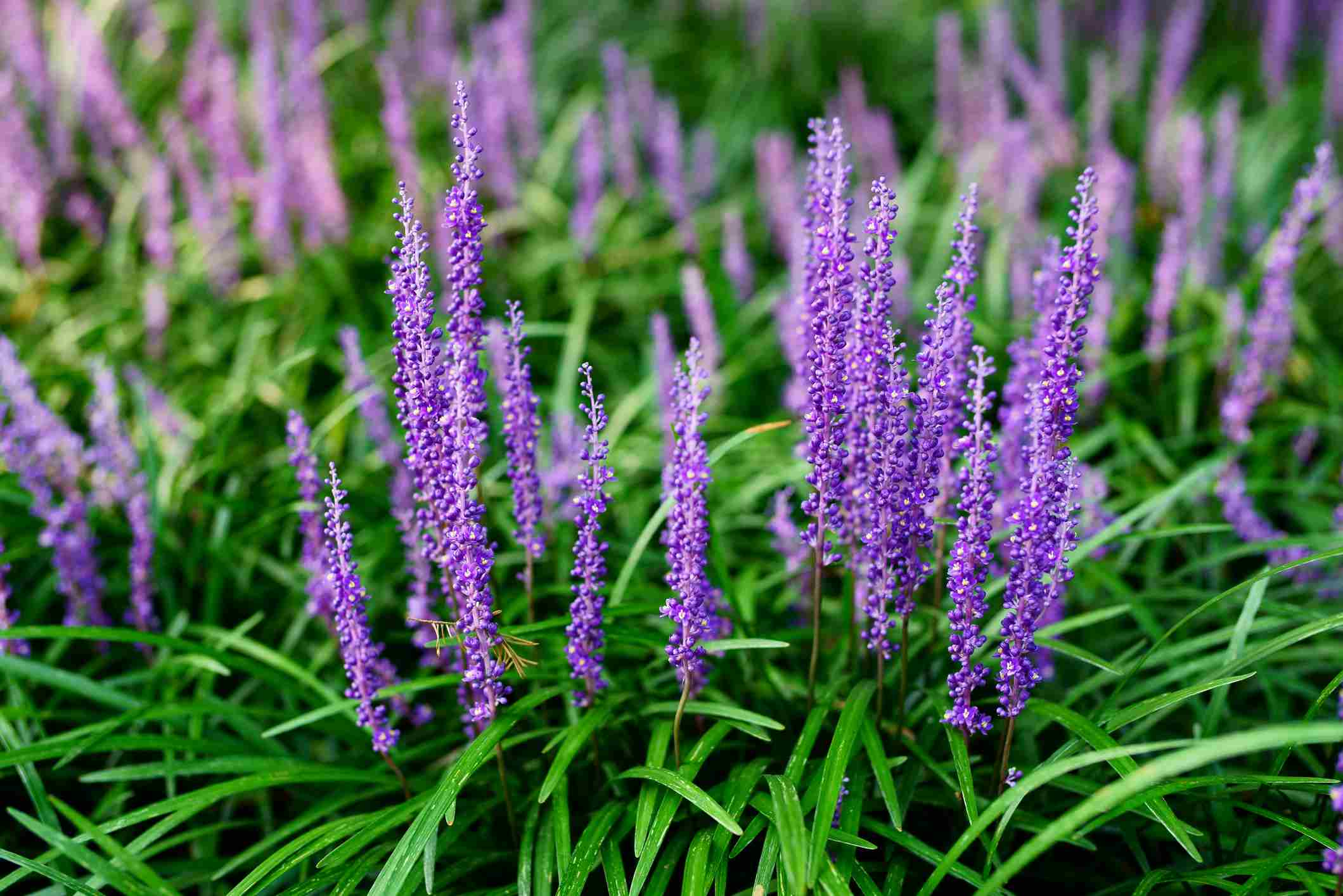

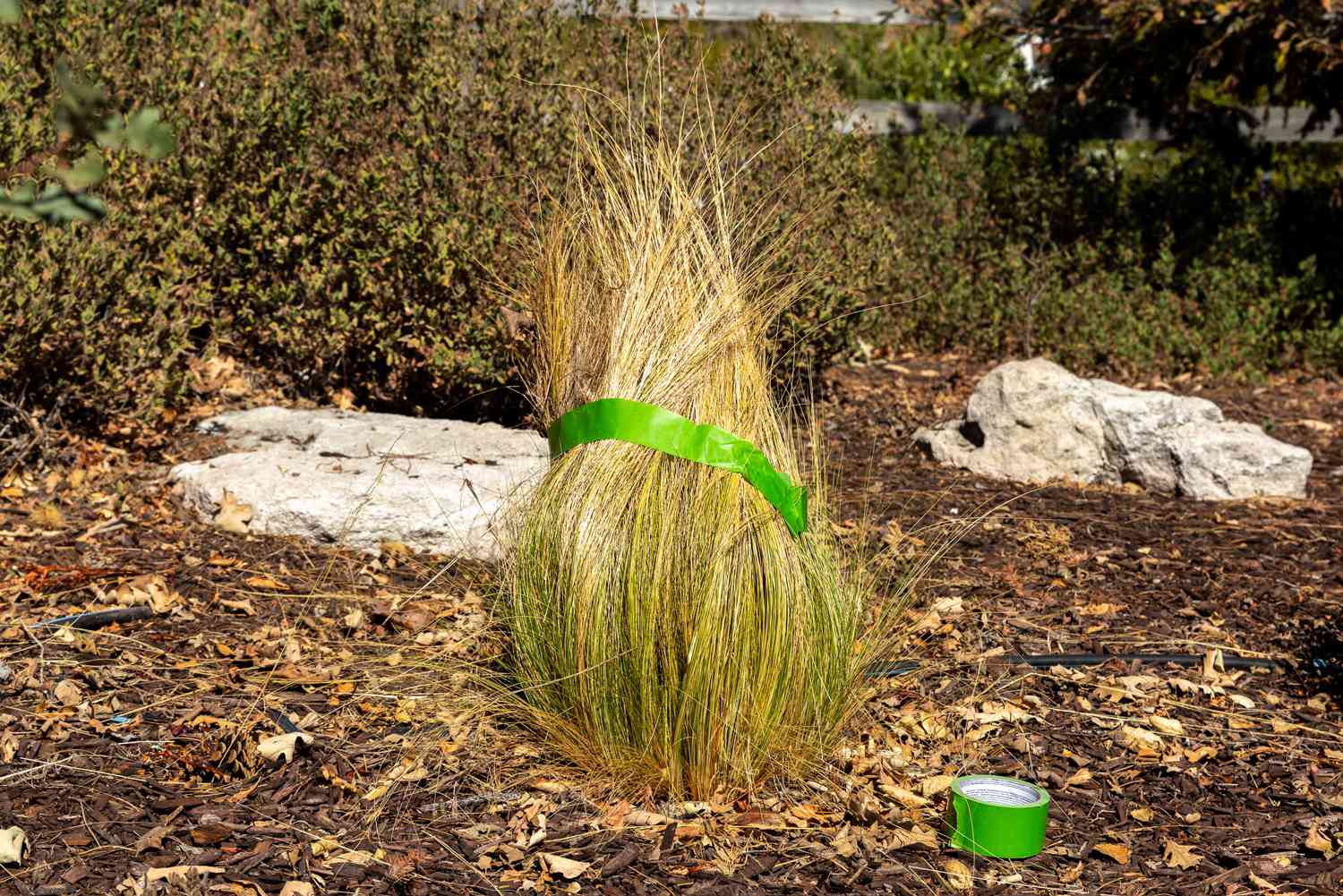
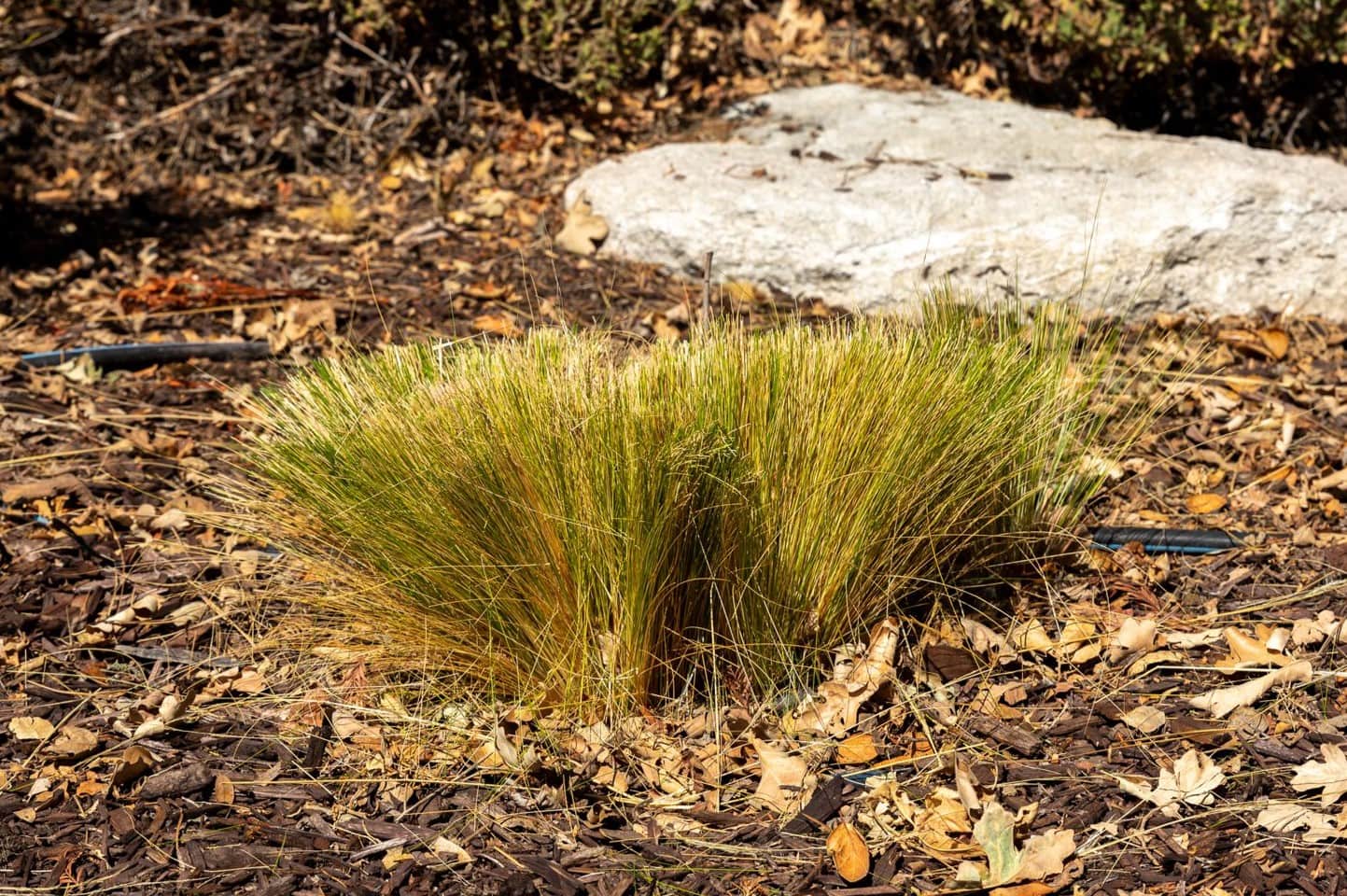

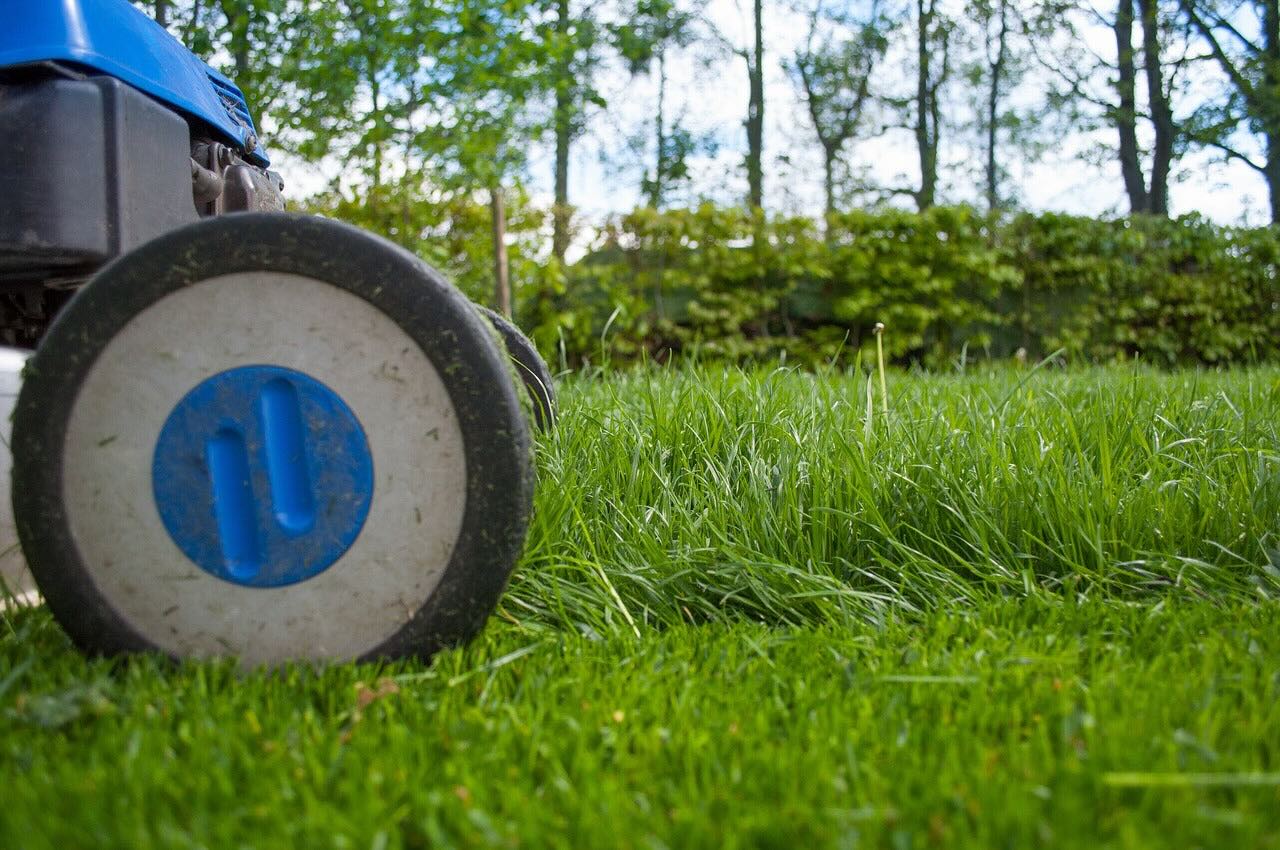

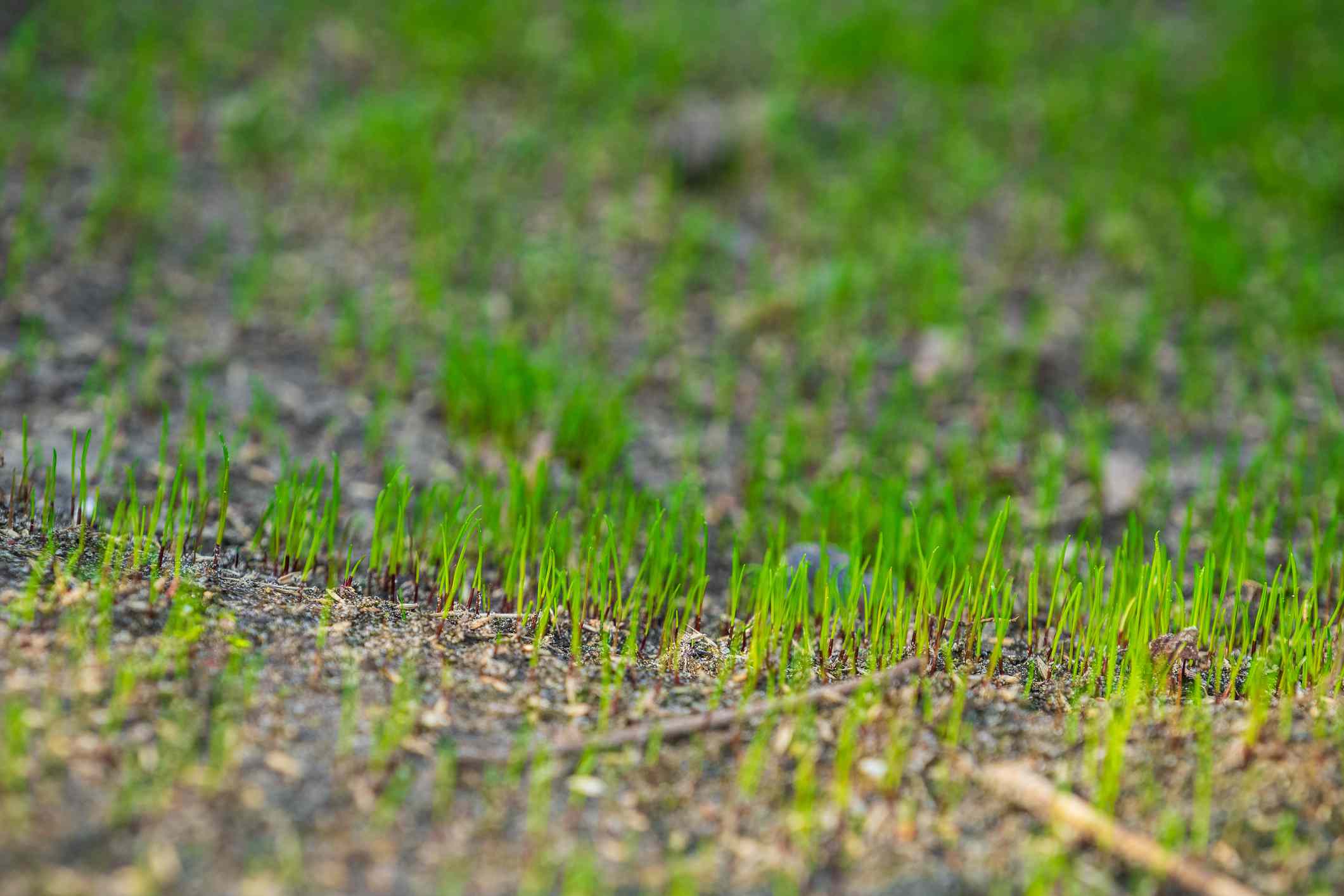
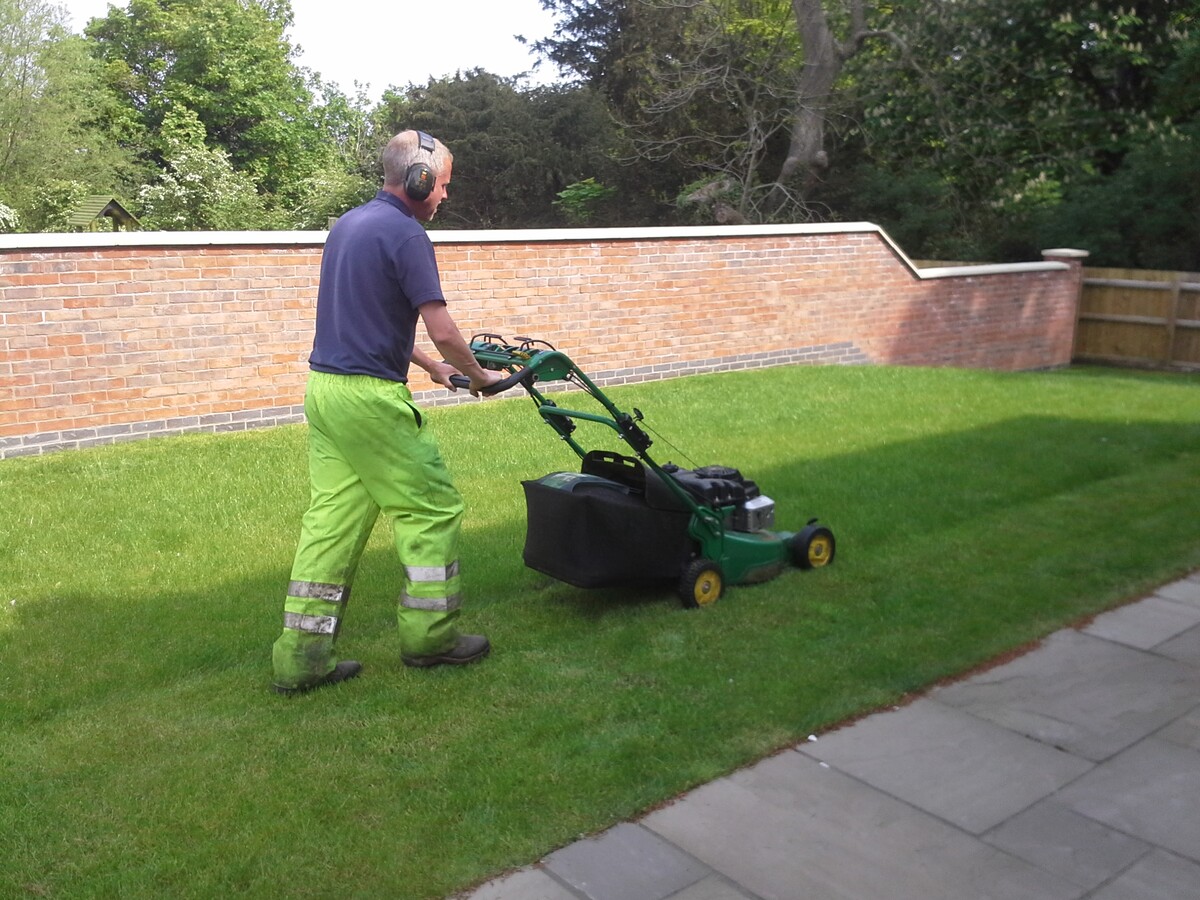
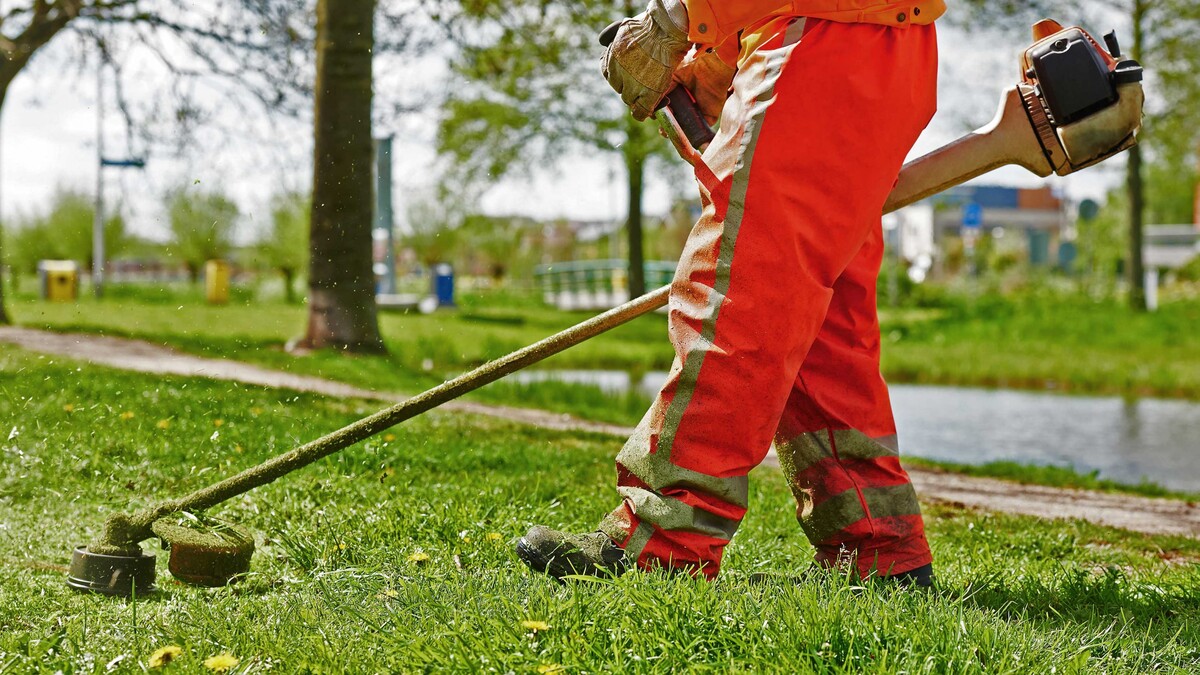
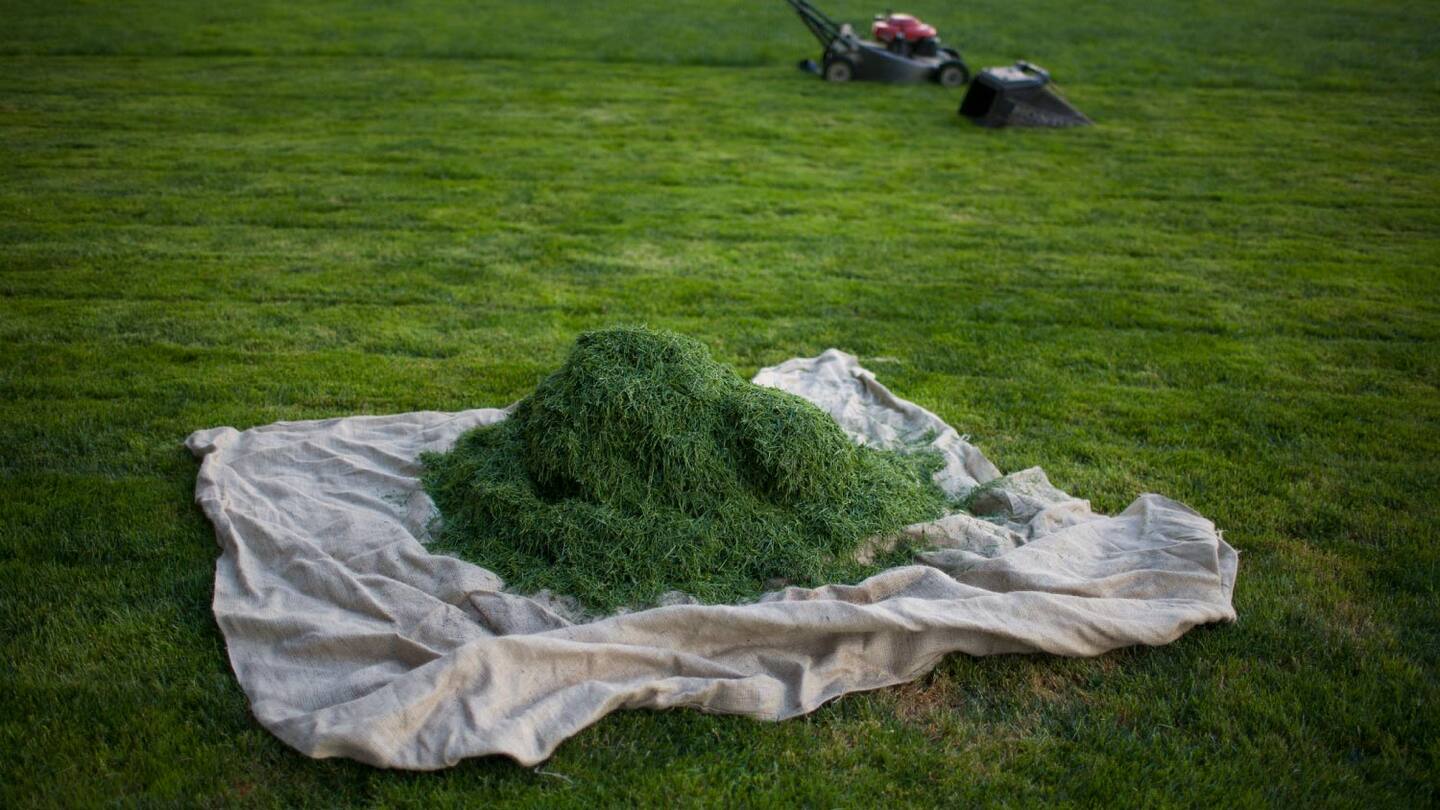
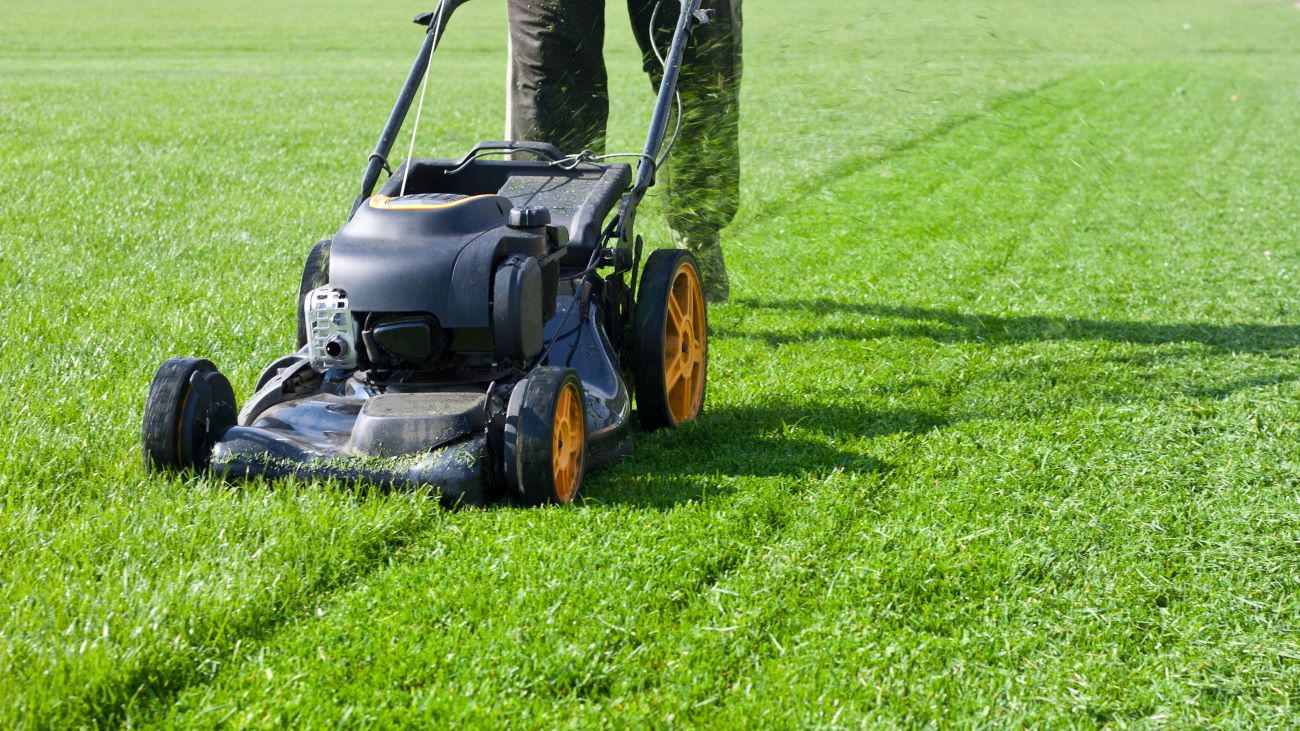

0 thoughts on “When Is It Too Late To Cut Grass”